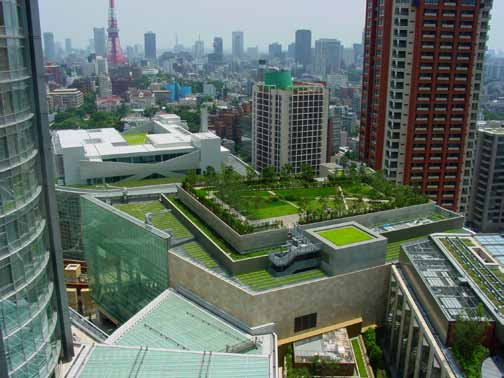California’s $25-billion Bay Delta Conservation Plan, which will deliver water to Southern California, is now open for public comment. The plan is an application to the National Oceanic and Atmospheric Administration’s Fisheries Service and the U.S. Fish and Wildlife Service for a 50-year permit. It includes two 56-km (35-mi) long tunnels and three intake pumps on the Sacramento River. As part of the plan, the state would also restore more than 40,469 ha (100,000 ac) of estuary.
The University of California, Los Angeles also recently announced a grand challenge of making the Los Angeles region completely water-independent, so that the area does not have to rely on imported water. To do so, it will be necessary to reuse wastewater and harvest stormwater. Capturing rainwater can go beyond rain barrels to using green infrastructure practices that encourage groundwater recharge, especially considering that 30 to 40 percent of Los Angeles County’s water comes from aquifers according to their public works website. The county has already started these initiatives. For example, the county’s public works department operates 27 spreading facilities — groundwater recharge areas where underlying soils are connected hydraulically connected with the underlying aquifer — including the 61-ha (150 ac) Tujunga Spreading Grounds where stormwater from nearby mountains is captured. Read more about green infrastructure in Los Angeles.




